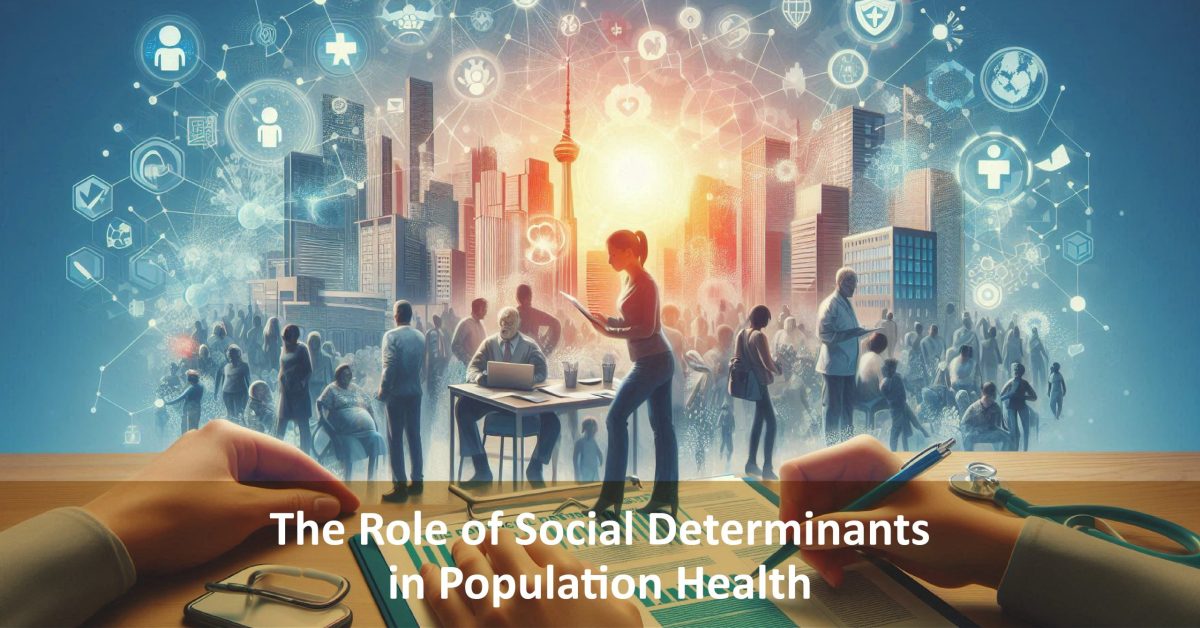Introduction
The realization that social determinants play a very essential role in shaping health outcomes has been increasingly received by public health professionals, policymakers, and researchers within the past decade. While many traditional medical ways forward focus on biological and behavioral factors, the concept of social determinants opens up the lens to include conditions in which people are born, grow, live, work, and age. Social determinants are rooted in socioeconomic causes and entail income, education, employment, community environment, and health care services accessible to anyone. Better and balanced health status of populations, reduced disparities, and attainment of health equity for all demand keen understanding and working on social determinants. The paper captures social determinants in populations’ health by the use of a synthesis of recent works and proof to illustrate the need for their inclusion in public health approaches.
Social Determinants of Health
This term is basically a nomenclature applied to none other than the non-medical causes of diseases. These are very broad, touching on economic, social, and environmental factors that somehow bear on a person’s or community’s health status. Some of the important social determinants include
Economic Stability
Health has been viewed as built on the basic foundation of one’s finances. People with even income support can afford high-quality foods, safe housing, and subsequent health services. On the other side, those experiencing economic problems are more exposed to illness and health hazards through constant stress, reduced living standards, and restricted access to health facilities.
Education
The level of educational background is connected to health outcomes. Normally, a high level of education usually has a clear correlation with good health outcomes. Education offers people the necessary knowledge and abilities that are necessary for taking informed decisions on health issues. Besides that, education normally opens up employment opportunities for better employment that leads to economic stability.
Social and Community Context
The places and social contexts in which individuals live have serious implications for their health. Strong social support may reinforce mental well-being or serve as a buffer for stress. However, social isolation, discrimination, and exposure to violence each pose serious threats to good health, both physical and mental.
Health and Access to Health
Access to health care is one of the primary determinants of health. The more one uses health services, the greater the chance for prevention, early diagnosis, and early curative care with access to them. However, such health access disparities rooted in low socioeconomic status, geography, or other systemic barriers are sure to create big health disparities.
Neighborhood and Built Environment
The neighborhood one lives in, with its health-promoting resources that include convenient access to healthy food marketplaces, safe spaces for recreation, and clean air and water, has a great influence on health. Substandard living conditions, such as overcrowding, exposure to pollution, and no access to basic services, are partly the causes of various health issues, including chronic diseases and mental disorders.
